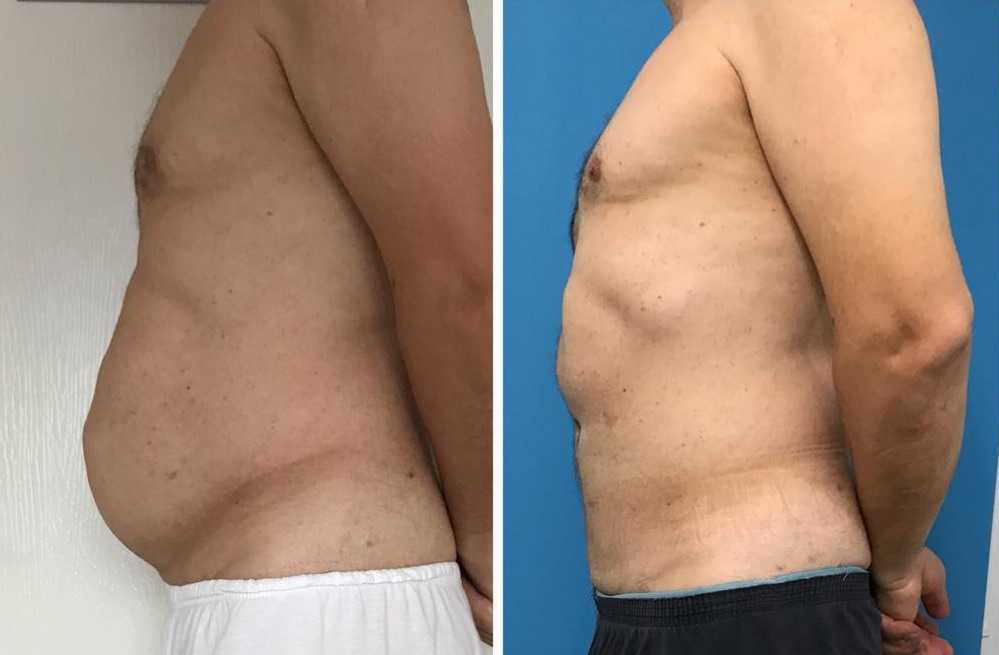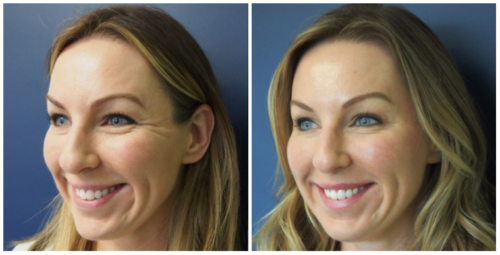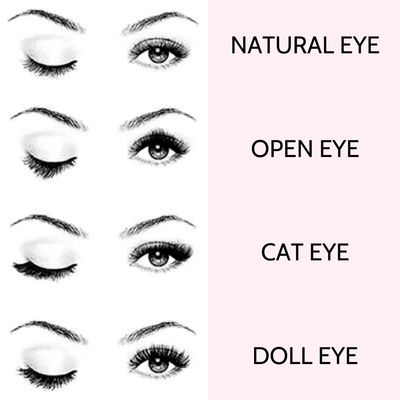
Before you hire a surgeon to do a fat-transfer to your face, it is important to know what to look out for in a doctor. Find out the specifics of the procedure, such as who will be performing it, the pain level, and recovery time. Ask the doctor about his experience with past patients. Success ultimately depends on the skill and experience of the surgeon. In the meantime, read this article for some tips on finding a great surgeon.
Requirements for candidates
There are different requirements depending on what type of fat transfer is performed. Candidats for this procedure should be in good overall health. They also need to be free from any chronic illnesses. Patients who smoke are disqualified from this procedure. To avoid complications, and for good results, quitting smoking is crucial. Before booking your consultation, ensure you fully understand the potential risks and benefits.
Candidates for this procedure must be healthy men and women who have no significant underlying health problems that would limit the procedure's results. Patients must be young and realistic. Dr. Gardner will discuss with you the potential risks and benefits of fat transfers to the face. This consultation will help you determine if this procedure is right. You can also expect to be slightly bloated or lose some skin volume.

Recovery time
Although the time taken to recover from fat transfer to the face can vary from patient to patient and procedure to procedure, most people will miss at least seven working days. The swelling and healing process will continue for at least seven days. While the recovery period is short, it is essential to allow sufficient time for the process. Patients should start to see the final results after six months.
The procedure usually does not leave detectable scars. The fat is extracted from the donor area using a thin tube called an cannula. The fat is then processed and washed. Sometimes, plastic surgeons may use a Centrifuge to process the fat. The fat is then injected using the cannula. It is then passed through the target area several times. Repeat this process until the desired amount of fat is placed.
Pain level
Some swelling may occur after fat transfer to the facial procedure. You can reduce swelling by applying ice to the area within the first few hours following the procedure. Although swelling and bruising will increase over the next two weeks, most patients are ready to go out for meals and socializing within a week. To allow the fat to settle, patients should restrain from strenuous activity for at least two weeks. The recovery process is quick and has minimal pain. Pain medication may be prescribed by your physician to ease the discomfort.
Although the procedure can be painful, there is no risk of infection or high patient satisfaction. Prescription pain medications are not required for most patients after the procedure. However, there may be some swelling. Patients are advised to take some time off work in order to recover. However, this is not as painful as a facelift. The face will require you to be away from work for several days to allow it to heal.

Cost
The average cost of fat transfer to facial surgery varies depending upon the type of anesthesia used, location and number of treated areas. A procedure performed in an office is more affordable than one in a hospital. This procedure's cost can vary depending on whether you are awake or asleep during it. Most patients fall in the middle of these prices. These are just a few of the factors that will determine the cost and timeline for fat transfer to your face.
Fat transfer to the face candidates are usually healthy people who want to improve unflattering wrinkles. A good candidate should have healthy skin and sufficient fat in the donor area, typically the lower abdomen or thighs. The patient must have realistic expectations about the outcome. It is important that you choose a fat removal to face procedure that is right for you. A consultation is recommended prior to the surgery. Before the surgery, there are several factors to consider.